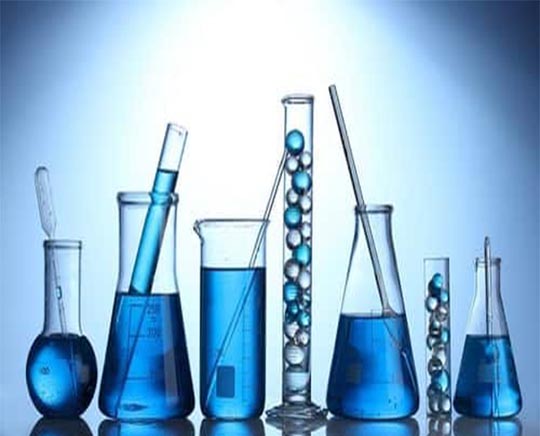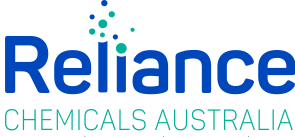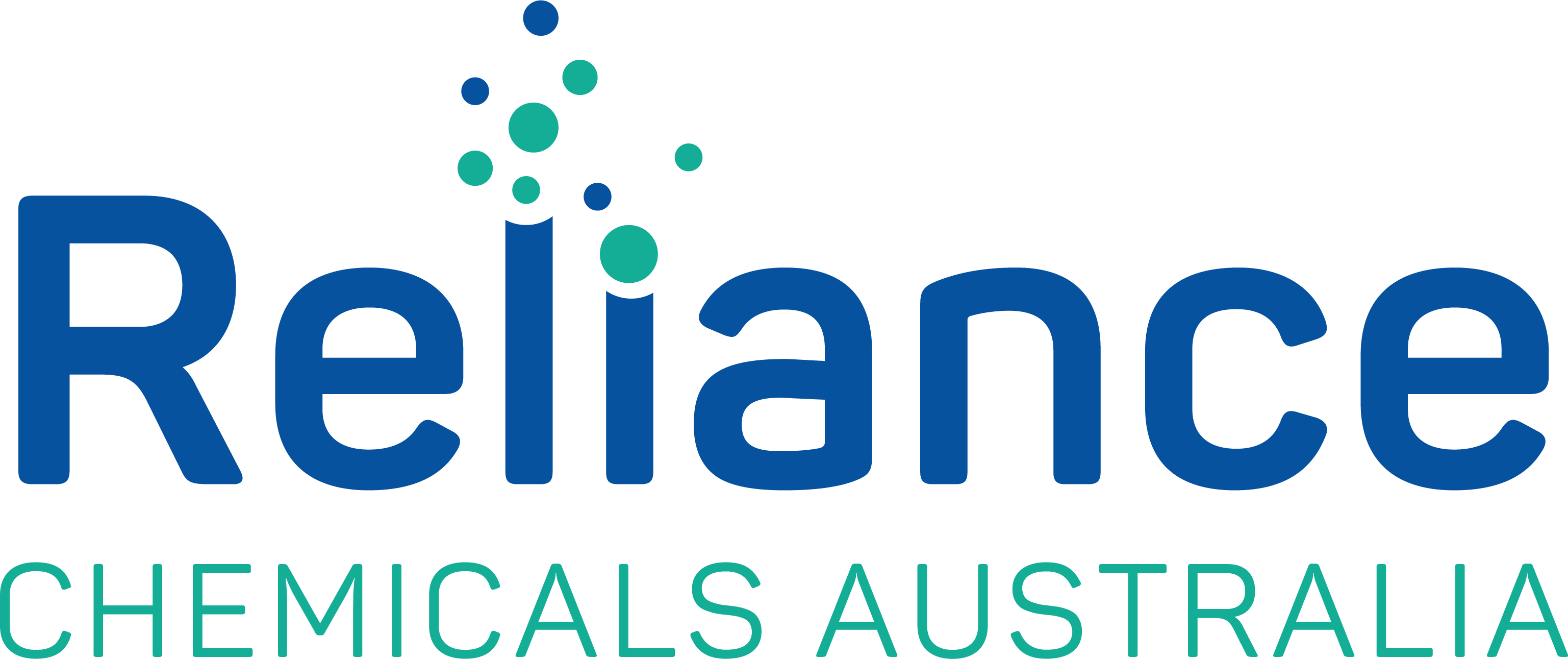
- by
- Industrial
List of Industrial Chemicals – Top 5 That Go Into Cleaning Products
Introduction
Cleanliness and hygiene are two of the very important things that we all maintain in our everyday life. So, the usage of cleaning products in both households and the industrial arena is a common affair. However, most of us are not aware of the chemical agents that go into these potions. So, we lack the proper understanding of what product to use on which surface and what to avoid. The list of industrial chemicals used in cleaning products may be long and time-consuming to discuss. But that doesn’t stop us from handpicking a few commonly used elements and let you know about them.
List of Industrial Chemicals – The Top 5s
Thousands of chemicals are being used every day in the industrial workflow to produce commercial-grade cleaning agents. Moreover, the technology behind the production of these agents is ever-evolving.
Although the development in technology is changing the chemical industry rapidly, there are some traditional chemicals and formulas that you will always find in cleaning products.
So, to make your understanding clear, today we are bringing to you a list of the top 5 common industrial chemicals that even you are using unknowingly.
1. Nitrogen
The amount of nitrogen that is being used in the industrial arena is beyond our estimation. It is used in a variety of products in the form of gas or liquid state.
Nitrogen is not an active cleaning agent. However, it creates an unreactive atmosphere that helps to protect reactive elements by not letting them come in contact with oxygen.
So, do not wonder at all if you see nitrogen in the list of ingredients of your detergent, car wash or floor cleaner.
A fun fact: Back in 2003, the National Aeronautics and Space Administration (NASA) started using high-pressure liquid nitrogen to clean their Space Shuttle.
2. Sulfuric Acid
It is commonly said that the consumption of sulphuric acid in any country shows its industrial activity. That explains how much importance sulphuric acid has in the industrial sector.
The highest usage of sulphuric acid is noticed in producing chemical fertilizers. However, It is also used in the making of many industrial cleaning solutions.
Commercial laundry supply manufacturers incorporate sulphuric acid in their laundry detergents as well.
3. Ethylene Dichloride
Otherwise known as ‘dichloroethane’, ethylene dichloride is mainly used for manufacturing ethylenediamine, PVC, nylon, ethylene glycol, rayon etc.
However, a fairly adequate portion of the total dichloroethane is used in the production of cleaning solvents. It can dissolve oil, fat, wax and resin which makes it a good choice to use as a laundry solution.
You may find it in your household or industrial dry-cleaning solutions, floor and toilet cleaners. It is very effective against red dirt that is commonly found in the Australian region.
4. Sodium Hypochlorite
Don’t get confused by such a complex name. It is probably the most common industrial chemical that you counter regularly. If you haven’t guessed it already, sodium hypochlorite is liquid bleach.
If you inspect the labels of the cleaning products lying around, you may get surprised by seeing how many of them contain bleach.
Though it is a hazardous chemical, liquid bleach is used in almost all types of cleaning scenarios. Sodium Hypochlorite is used everywhere, from industrial use to household.
Mostly found in all-purpose cleaners, laundry whitener, floor, and bathroom cleaners/disinfectant,s etc., sodium hypochlorite is probably the most used industrial chemical that goes in cleaning products.
5. Propylene
Propylene is an important asset to the cleaning chemicals industry. Just like liquid bleach, it can be found in almost any type of cleaner you may see around.
Primarily produced as fuel, this industrial chemical is a great dissolver. It dissolute dirt and grime very well. It is a substantial contributor to other cleaning compounds as well.
Laundry detergents, glass cleaners, paint removers etc. use propylene as one of their core cleaning agents. In the industrial arena, propylene is the go-to cleaning agent for circuit board manufacturers
A fun fact: If you ever saw any technician fixing PCB (Printed Circuit Board) or smartphone up close, you probably have seen them using this liquid to wipe.
Industrial Chemicals vs DIY Solutions For Cleaning
There is quite a backlash against using industrial chemicals for cleaning purposes as it is not entirely environment-friendly. For that reason, DIY homemade solutions are developing popularity.
However, there are pros and cons to both solutions. As an aware consumer, we encourage you to choose between the two. To help you with this choice, we would love to draw a comparison between the options on certain points.
Type of Use
The choice heavily varies on the usage scenario of the cleaning solution. Where and on what surface you may use the cleaning agent plays a vital role here.
In a controlled and monitored commercial environment, it is more preferable to use industrial chemicals as those are much more effective than homemade solutions. However, household cleaning doesn’t require such efficiency.
Value for Money
Before purchasing a product, you need to calculate the perceived value in contrast to your investment.
Big manufacturers and corporations can afford to invest a lot in their cleaning solutions and even manufacture such chemicals in-house. But as a consumer, you need to choose if buying a commercial cleaner is worth it for you or not.
Environment
Let’s address the elephant in the room. Industrial chemicals are hazardous to the environment.
As mentioned earlier, industrial chemicals are produced and used in large factories under a controlled and monitored environment. So, the effects on the environment can be minimized in that way.
However, the scenario in a household is the complete opposite of that.
Conclusion
To make proper use of any product, you need to learn about the ingredients that the product contains. Understanding the product helps you to make an informed decision.
We hope our list of industrial chemicals that go into cleaning products has helped you. Let us know if you think we missed something. We always appreciate your feedback.

